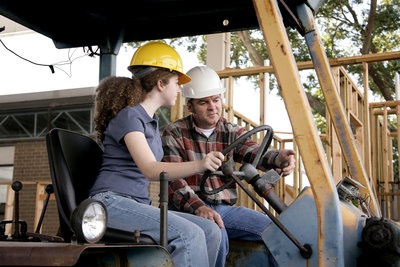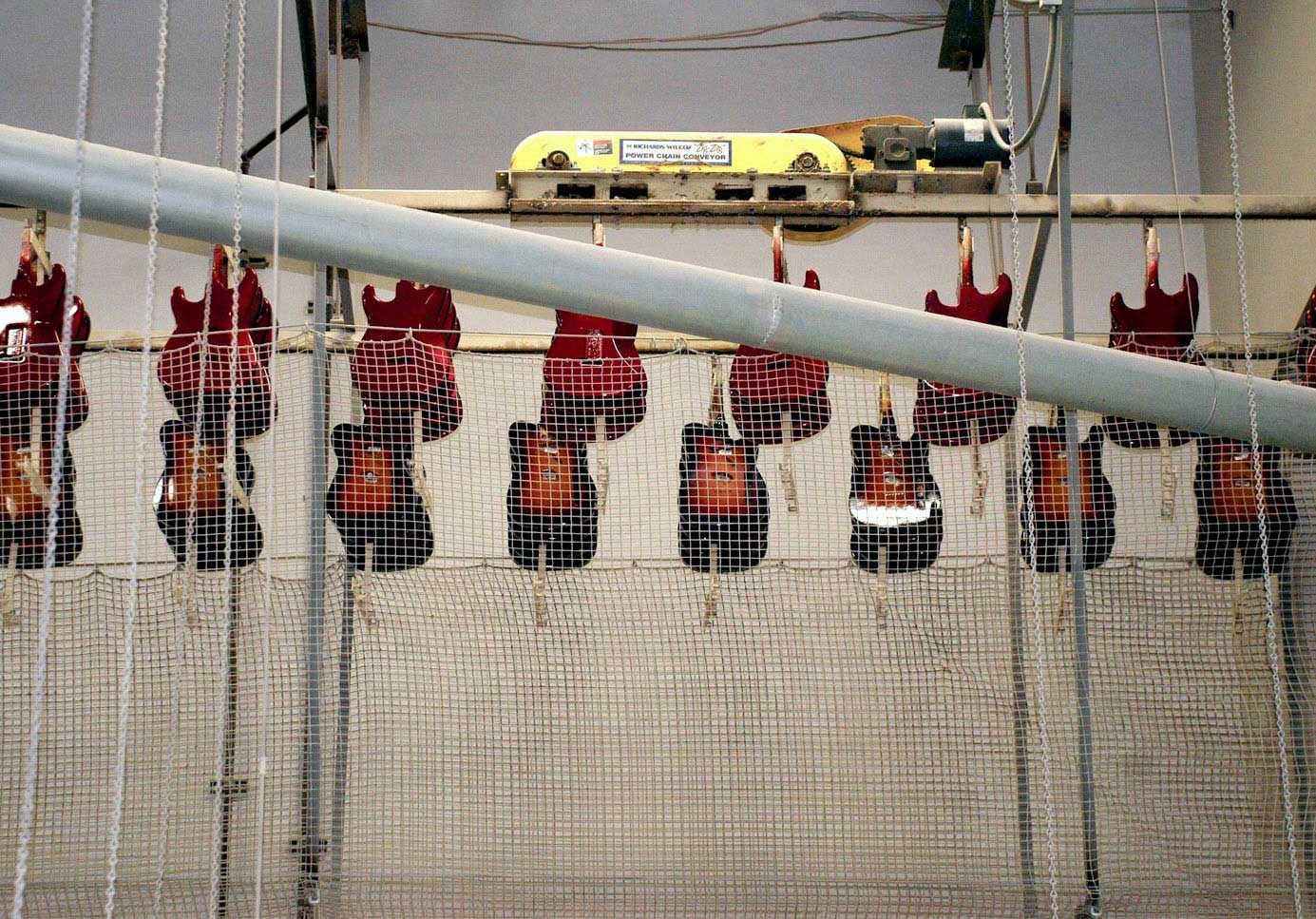

Safety training isn’t a one time proposition. Continual safety training is essential to maintaining a safe work site and safe employees. Continual safety training provides a refresher for older, senior employees while offering information that newer employees may have been missed or may not have properly absorbed. It’s very easy for safety training to be forgotten or fall by the wayside when other priorities are in mind. Continual safety training fills in these gaps.
Training Refreshes Existing Knowledge
Employees can’t be expected to retain knowledge forever. Safety courses include hands-on training segments, reviews, question and answer periods, and more, ensuring that employees will have their knowledge periodically refreshed. Anything that may have been forgotten or may have slipped by will be revisited so that they can be consistent in the maintenance of their safety and their work site safety.
Work Sites and Safety Can Change
What is considered safe on a work site can change from year to year. New studies can show that different techniques and materials require different safety measures. As an example, asbestos and lead paint were once considered to be far safer to work with than they now are. Continued safety training is necessary to update this information and make sure that employees are now complying to current OSHA regulations and safety standards, rather than outdated protocols. Employers can also use this time to educate their employees on internal policies, such as new reporting requirements or other information.
Company Culture Can Promote Safety
Company culture is one of the best ways to promote safety. Through safety initiatives, training, seminars, and other continued education, company culture can be fostered. A continual discussion of safety will make it far more likely that employees will think about safety on a day-to-day basis. Safety training also offers employees the opportunity to interface with supervisors and managerial staff about safety procedures, again fostering safety through company culture.
Continued Safety Training Improves Team Work
Working as a team can improve safety, but for most work sites the team members may frequently change. Working through simulations and safety training together will improve upon the way that employees work together, and will thus reduce the potential for risk on the work site. Ultimately this can also reduce the number of incidents that occur.
Lifelong Learning is Critical to Many Positions
Particularly dangerous fields, such as logging, put a premium on lifelong learning. This includes not only the essentials of the job but also safety. Employees within these positions slowly learn to be more intuitive about their work and to remain safe in even uniquely dangerous situations. The more experienced and knowledgeable an employee is, the less likely they are to be injured. Additional safety training provides more experience, especially when combined with drills and simulated situations.
In addition to continued safety training, companies need to have a continued dedication to developing the training of their work sites. Pucuda Leading Edge offers passive safety systems that meet OSHA regulations. The construction netting provided by Pucuda Leading Edge includes industrial guard nets, debris nets, and fall protection netting, specifically designed to protect employees even if their training falters.








